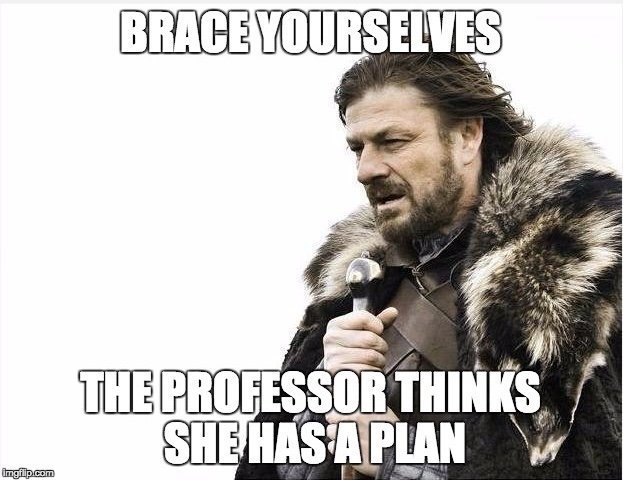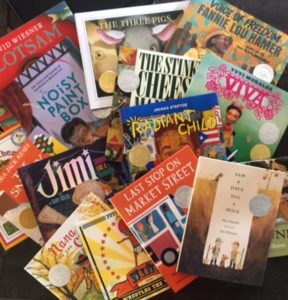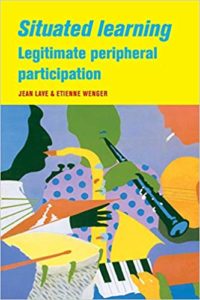
In Class Work
Place for shared notes.
Day 5: Feb 20
In case you don’t know what to talk about (which I think is highly unlikely cause this is what you do)
- What do you know about your book so far? About the main characters?
- What roles are played by adults (parents, teachers…)?
- What’s the tone (the feel/mood) of the book?
- What identities are offered to adolescents?
- What does this book seem to want its readers to talk about?
- What are the underlying theme(s)?
- What connections did you make when reading this text (connections to your own life and experiences, connections to other texts like books, films, etc., connections to your knowledge of the world). How did making those connections help you better understand the book?
- What might you pair with this book (other fiction, poetry, non-fiction)?
Professional Learning Communities:
NCTE INBOX (newsletter) (you’ll hear about things like this)
Instagram: NCTE; WeNeedDiverse Books
People to Follow on Twitter:
Day 4: Feb 13
 Use one of the children’s books as a mentor text and create an activity based on the text: what structures, themes, formats can you borrow from the book for writers to try out? Create an activity for another group to try. We’ll try them next week.
Use one of the children’s books as a mentor text and create an activity based on the text: what structures, themes, formats can you borrow from the book for writers to try out? Create an activity for another group to try. We’ll try them next week.
How would you design a class session to support reading?
What do you do as a reader when the reading is hard? What could you do as the teacher?
Day 2
conceptions of practice & participation
Scribner and Cole: By practice, we mean a recurrent, goal-directed sequence of activities using a particular technology and particular systems of knowledge. A practice consists of: technology, knowledge, and skills (236). Practice always refers to socially developed and patterned ways of using technology and knowledge to accomplish tasks.
Wenger: Practice is always social practice. Practice: Doing in a historical and social context that give structure and meaning to what we do. As soon as members have access to the practice, they find out what counts…
“…we have begun to analyze the changing forms of participation and identity of person who engage in sustained participation in a community of practice: from entrance as a newcomer, through becoming an old-timer with respect to newcomers, to a point when those newcomers themselves become old-timers. Rather than a teacher/learner dyad, this points to a richly diverse field of essential actors and, with it, other forms of relationships of participation” (Lave & Wenger 56). preview19
“It implied emphasis on comprehensive understanding involving the whole person rather than ‘receiving’ a body of factual knowledge about the world; on activity in and with the world; and on the view that agent, activity and the world mutually constitute each other.” (33)
In groups:
Let’s work through some definitions/ideas about “situated learning” and “legitimate peripheral participation.” Pull from G+ posts, things you found in a web search, passages from the text.
Then, teams draw/use quotes/map concepts (LPP, participation…)
Day 1
What is the “why” of an English class? Why does it matter that students take English or become literary scholars, literacy scholars, rhetoricians, linguists, creative writers, medievalists…? What is the “why” of your particular English class? Why should students take it or be in it? How will they be changed by it?
 Lave & Wenger’s Situated Learning…
Lave & Wenger’s Situated Learning…
Learning viewed as situated activity has as its central defining characteristic a process that we call legitimate peripheral participation. By this we mean to draw attention to the point that learners inevitably participate in communities of practitioners and that the mastery of knowledge and skill requires newcomers to move toward full participation in the sociocultural practices of a community. “Legitimate peripheral participation” provides a way to speak about the relations between newcomers and old timers, and about activities, identities, artifacts, and communities of knowledge and practice. It concerns the process by which newcomers become part of a community of practice. A person’s intentions to learn are engaged and the meaning of learning is configured through the process of becoming a full participant in a sociocultural practice. This social process includes, indeed it subsumes, the learning of knowledgable skills (29).
Possible platforms for portfolio:
Example sites:


 Office:
Office: